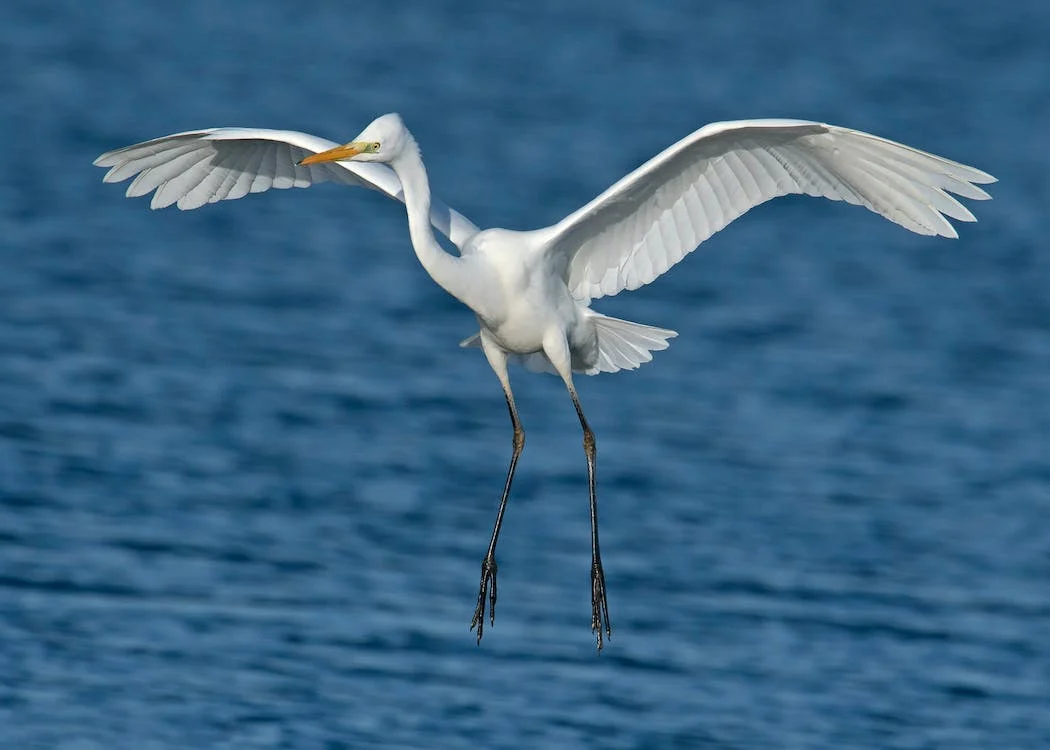It is a small, dark bird with yellow-green legs and feet, and a reddish brown throat. The bird is often spotted alone or in small groups, thriving in floodplains and marshes. It walks slowly, shambling their feet to surprise their frey. While they are commonly resident, populations outside its focus range may disperse widely. Their vocalizations are poorly known but produce a triple “kraak” sound during antagonistic encounters.
Read further to know more about the Slaty Egret.
What is a Slaty Egret?
Slaty Egret (Egretta vinaceigula) is a relatively small, dark egret belonging to the Ardeidae family. The bird got its name from its slate-like plumage, appearing like a gray version of the Black Egrets. It is notorious as they are rare, serving as a real treat when spotted by bird enthusiasts and tourists.
Its seven levels of classification are as follows:
Kingdom: Animalia
Phylum: Chordata
Class: Aves
Order: Pelecaniformes
Family: Ardeidae
Genus: Egretta
Species: E. vinaceigula
Slaty Egret Physical Description
Slaty Egrets can grow 24 inches or 60 centimeters and weigh around 250 to 340 grams. The base color of their plumage is pale blue gray, which includes the head, back and sides of the neck, wings, back and tail. However, they may also appear black if spotted in low light conditions.
These birds’ have a narrow black bill with a dull keel to the lower mandible. Their foreneck, throat, and chin are all reddish brown. Chest plumes are blended with a red tone while black plumes stretch beyond their tail with curved tips. Meanwhile, the underwings can be buff-colored to dull blue gray. Legs are yellow to yellow green and toes can be dull to bright yellow.
Juveniles and immature birds have a duller plumage but the reddish brown throat extends up down to the neck and even to the abdomen.
Where they can be spotted?
Slaty Egrets thrive in freshwater marshes, river floodplains, and shallow wetlands. The largest population of the species resides in the Chobe River and Okavango Delta in northern Botswana. Other groups occur in Zambia and Zimbabwe. Small number may also exist in Angola, DR Congo, Mozambique, and possibly Malawi.
These birds prefer locations where water levels are receding and avoid open water bodies. They can often be spotted in regions where there is ample presence of short or emerging vegetation. Slate Egrets are commonly sedentary but may move or disperse in response to availability of food and rains.
Interesting Facts You Should Know About the Slaty Egret
Slaty Egrets feed primarily on small fish, preferably cichlids. However, when foraging on temporary wetlands where fishes are not present, it will instead on aquatic invertebrates, frogs, and tadpoles. Other food items it will consume includes snails from lily pads, and insects which it catches through a standing flycatching method.
These birds forage during the day typically with a small group of 4 to 8 individuals and even share with other waders. They may also search food solitarily or engage in larger flocks consisting of up to 60 individuals.
While they resemble the black egrets, the slaty egrets do not follow the same mantling technique used by the former, in which they shade the water using their wings to increase the visibility of fish swimming underneath.
Slaty Egret’s breeding season occurs from March to June in temporary wetland during times of increased flood levels. They aggregate in a small colony, consisting of up to 60 nests. These birds place their scruffy nests on Phragmites, water figs, Senegal date palms, and Acacia trees. Nest materials used are sticks, lined with finer vegetation.
The female will lay 1-4 eggs, which will be laid a day apart and incubated for about 22 to 24 days. The eggs will hatch a day apart too, and the broods will clamber around the nest until they learn how to fly.
Slaty Egrets are widespread in its focus range but patchy and uncommon outside. As the bird species relies on seasonal marshes which are greatly affected by human activities, their population is now threatened. Moreover, their reed bed habitats are often harvested or burned for human use, deterring their productivity. Their population size is poorly documented, but is estimated to be fewer than 5,000 birds. Slaty Egrets are evaluated as ‘Vulnerable’ under the IUCN Red List.
WILDLIFE PARKS AND RESERVES WHERE THIS SPECIES IS FOUND:
BOTSWANA
NAMIBIA
ZAMBIA
ZIMBABWE
BOTSWANA BIRDS | SOUTH AFRICA BIRDS
NAMIBIA BIRDS | ZAMBIA BIRDS | ZIMBABWE BIRDS

